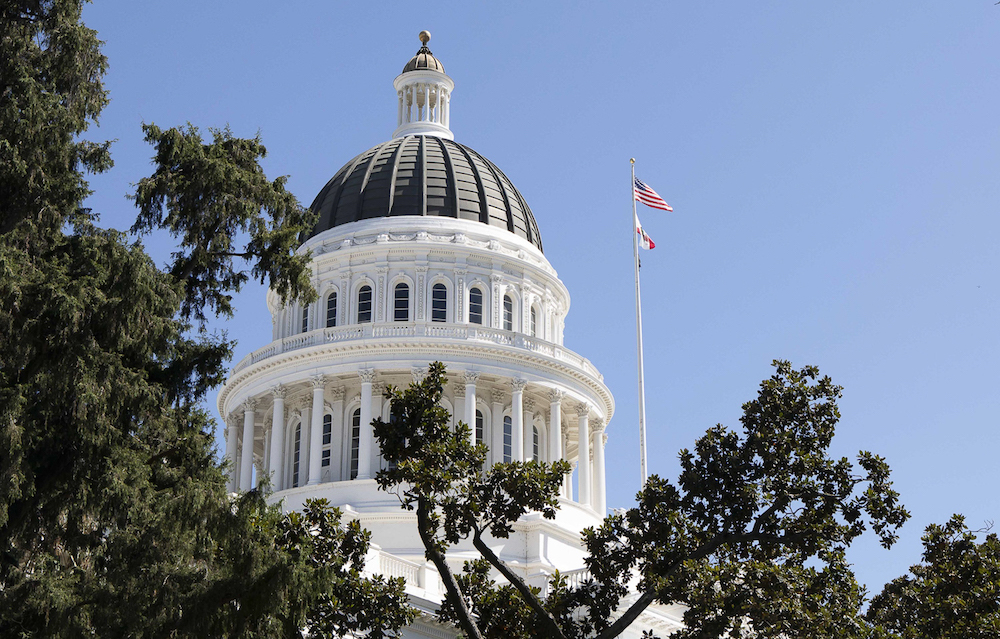Gov. Gavin Newsom and other state and local officials face their most decisive moment of the COVID-19 pandemic — how the state’s 6 million public school students will be educated during the school year that begins in just a few weeks.
Schools have been closed for the last four months with hit-and-miss distance learning via computer. Online learning can work well for college students but at best, stay-at-home classwork for K-12 pupils is a poor substitute for interaction with live teachers — and that’s especially true for the poor and English-learner students who already were on the short end of the state’s chronic achievement gap.
The flip side, however, is that no one knows whether children can return to the classroom without running serious risks of spreading the coronavirus even wider. Nor is it certain that if the schools reopened, most parents would be willing to run the risk and allow their children to attend.
Of course, in the hyperbolic atmosphere of the times, reopening schools has become another political football.
President Donald Trump demands reopening and threatens to cut off federal education funds to any school systems that balk. That, of course, means instant opposition from those on the other side of the political dividing line.
Last week, the California Teachers Association threw down the gauntlet and told Newsom and legislators that schools aren’t ready to reopen, citing the short time frame and the recent surge of infections.
“In this current situation, we believe that the ‘precautionary principle’ should guide us,” the CTA said in a letter to officialdom. “This means taking the most preventative action in the face of uncertainty to protect students, educators, and our communities. Simply said, California cannot reopen schools unless they are safe.”
Few would disagree with that principle, but what’s the definition of “safe” in a pandemic that may linger for years? And does the damage to young minds from lack of classroom instruction outweigh the health risk?
Reopening schools is also intertwined with the ever-present debate over whether we are spending enough on them. The CTA’s letter included a pitch for its perennial cause of increasing school spending by raising taxes.
“We understand the dramatic impact of the pandemic on the state budget and appreciate all efforts to protect public education,” it said, “while recognizing that the budget relies on $13 billion in deferrals and additional federal funding. It is why, looking forward, we believe the state must have additional revenues to address the growing needs.”
It hinted that the forthcoming campaign over Proposition 15 may hinge on whether schools need more money to deal with the pandemic. If passed, it would remove some of the limits on taxing commercial property and raise an estimated $12.5 billion a year, much of it going to schools.
The political onus for deciding whether to reopen schools this year falls mainly on Newsom, who has assumed the powers of a benevolent dictator on pandemic-related issues.
“What we need to address is safely reopening schools and we need to make that a foundational principle. That to me is not negotiable,” Newsom said last week, while insisting that he won’t impose a one-size-fits-all policy and is working on providing local schools with face masks and other protective supplies.
“All of these things need to be managed at the local level with the foundational framework of keeping our kids and our teachers healthy and safe,” Newsom said.
Translation: Neither he nor we know what will happen. But the clock is ticking and parents need to know, ASAP, what to expect.
